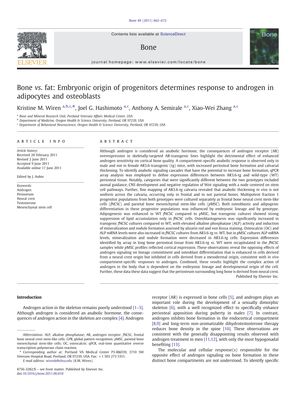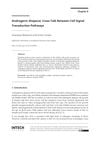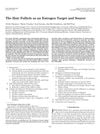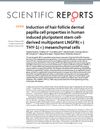Bone vs. Fat: Embryonic Origin of Progenitors Determines Response to Androgen in Adipocytes and Osteoblasts
October 2011
in “
Bone
”

TLDR Androgens affect bone and fat cell development differently based on the cells' embryonic origin.
The document presents a study that explored how androgen signaling affects the differentiation of osteoblasts (bone cells) and adipocytes (fat cells) based on their embryonic origin. The researchers used transgenic mice with overexpressed androgen receptors (AR3.6-tg) to examine the response in different bone compartments. They discovered that androgen signaling promotes bone formation in progenitor cells from the neural crest but inhibits it in progenitor cells from mesodermal origin. Additionally, androgen had opposite effects on fat cell development in these progenitor populations. The study concluded that the embryonic origin of progenitor cells determines their response to androgen, with neural crest-derived cells being more responsive to androgen-induced bone growth and less prone to forming fat cells compared to mesodermal-derived cells. This research could have implications for understanding sex differences in bone and fat distribution and for developing treatments for conditions like obesity and osteoporosis. The study was supported by various grants, including from the United States Army Research Acquisition Activity and the National Institute of Diabetes, Digestive & Kidney Disease, and the Department of Veterans Affairs, with the assurance that the sponsors did not influence the study's outcomes.





